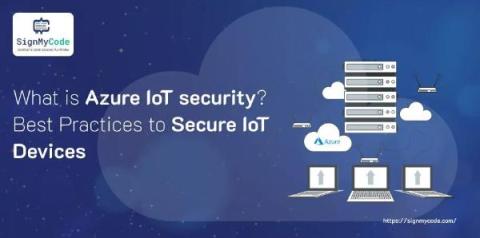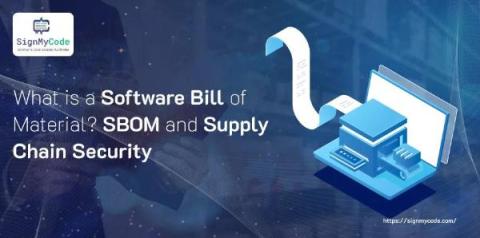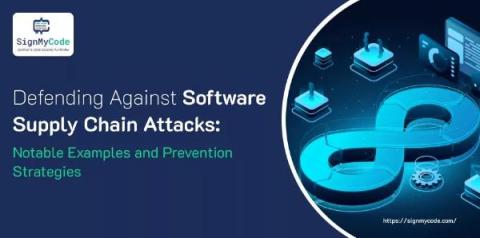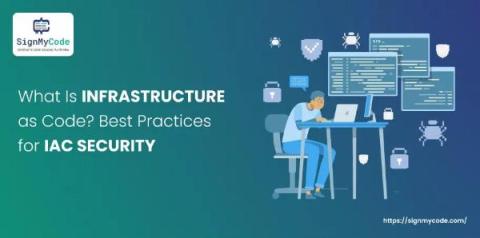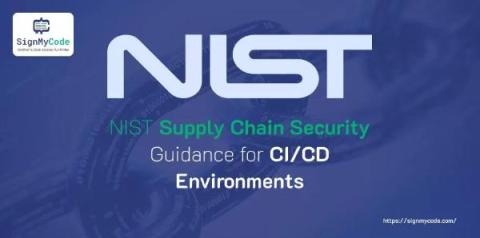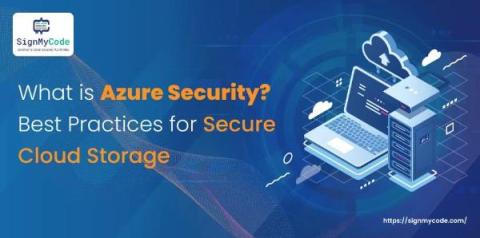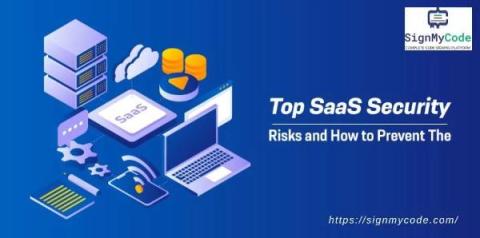What is Azure IoT Security? Top Best Practices to Secure IoT Devices
IoT devices have become a vital component of worldwide business operations for different industries, including healthcare, IT, transportation, etc. Organizations that invest in IoT deliver more value to their consumers than others. According to a report by Statista, the number of IoT devices is estimated to be 17.08 billion in 2024, and the figure is showing no signs of stopping. But as its usage is continuously increasing, so are the security concerns!


